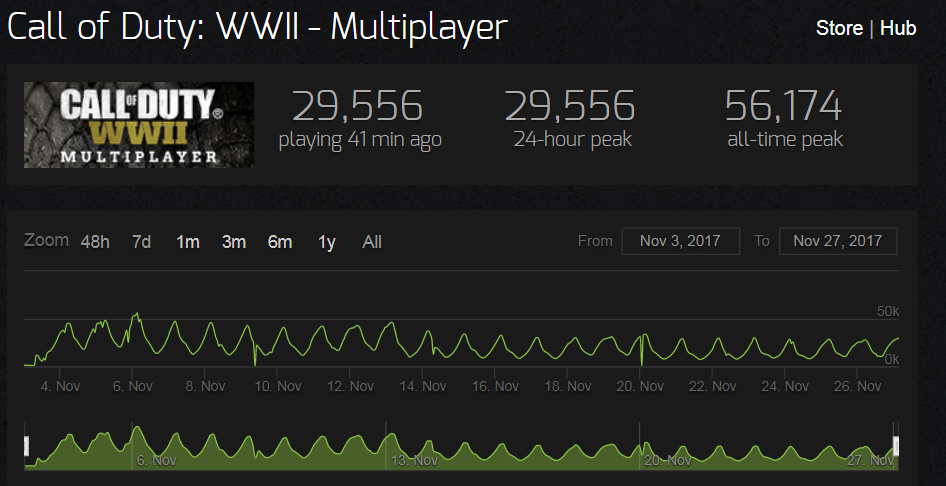

The Digital Homicides frequently paint targets on the backs of Steam Greenlight games they deem worthy, and members do as they please with that information. What constitutes bad behaviour, or even a bad game? And how far should one or a few people’s particular red flags go? These vague guidelines, when combined with members’ frustrations, can lead to members raging at developers on games’ pages. “But the use of obvious copyrighted material, stolen assets, or bad and harmful behaviour of the developer are things we try to point out.”īut of course, this kind of approach raises questions. “Everyone has his/her own kinda ‘list’ of red flags, I would say,” Tryyton explained. There is no uniform approach to what ‘doing something’ looks like. Valve unintentionally created systems that pit users and developers against each other, and they have allowed that hazardous dynamic to mutate and metastasize over time. Steam is severely lacking in both quality control and anti-harassment tools, and the resulting environment is hostile to both developers and users. The Digital Homicides’ interactions paint a portrait of a well-meaning but decentralized initiative enabled by massive holes in Steam’s structure. “But the users on Steam can check out the group and our rules and see that we’re definitely not the bad guys here.” “We voice our opinion, and when devs are ‘caught in a lie,’ they act angrily,” he added. “We are not a ‘lynch mob,’ as one developer once called us,” Tryyton, one of the groups’ heads, told me.

While the Digital Homicides have succeeded in getting some inappropriate games off Steam, their method also has its downsides. The Digital Homicides claim to be against this behaviour, but as a group dedicated to the loose goal of improving Steam’s inconsistent system, the group’s moderators can only exercise so much control over members’ behaviour. In the suit, the developer accused 100 Steam users - some of them members of the Digital Homicides Steam group - of stalking, harassing, and tortious interference, among other things. The suit was recently dismissed after Digital Homicide claimed they lacked the funds to continue, but its contents are telling. Many get straight to the point (“This game looks bad/sketchy for reasons X, Y, and Z”), but some get nasty about it, leading a number of developers to label them a hate group.Ĭase in point: many of the Digital Homicides’ members recently became part of the lawsuit brought forth by their namesake, the developer Digital Homicide. Members often descend on games’ Greenlight pages, sometimes en masse.

Valve is nothing if not consistent in their inconsistency.īut the Digital Homicides have another trick up their sleeves. Sometimes reporting works, sometimes it doesn’t. Members of the 1,433 strong group also go into games’ comments/discussions to warn away prospective upvoters. They attempt to clean up Steam by listing suspect Greenlight games and developers so that group members can report them if they have violated any of Steam’s guidelines. “The scope of problems are not limited to Greenlight, but is often the source, with a broken and abused voting system,” they say in their About section. The Digital Homicides describe themselves as “a dedicated consumer-advocacy group” who are “highly critical of the state of Steam as a whole.” They focus mostly on Greenlight, Steam’s user-driven entry point for lesser-known games. The group is cheekily named after notorious Steam shovelware developer/lawsuit lobber Digital Homicide. How they go about achieving that goal, however, is far more murky and controversial. The Digital Homicides are a Steam group with a goal that seems admirable: to keep poorly-made, sketchy, and downright scammy games off Steam.


 0 kommentar(er)
0 kommentar(er)
